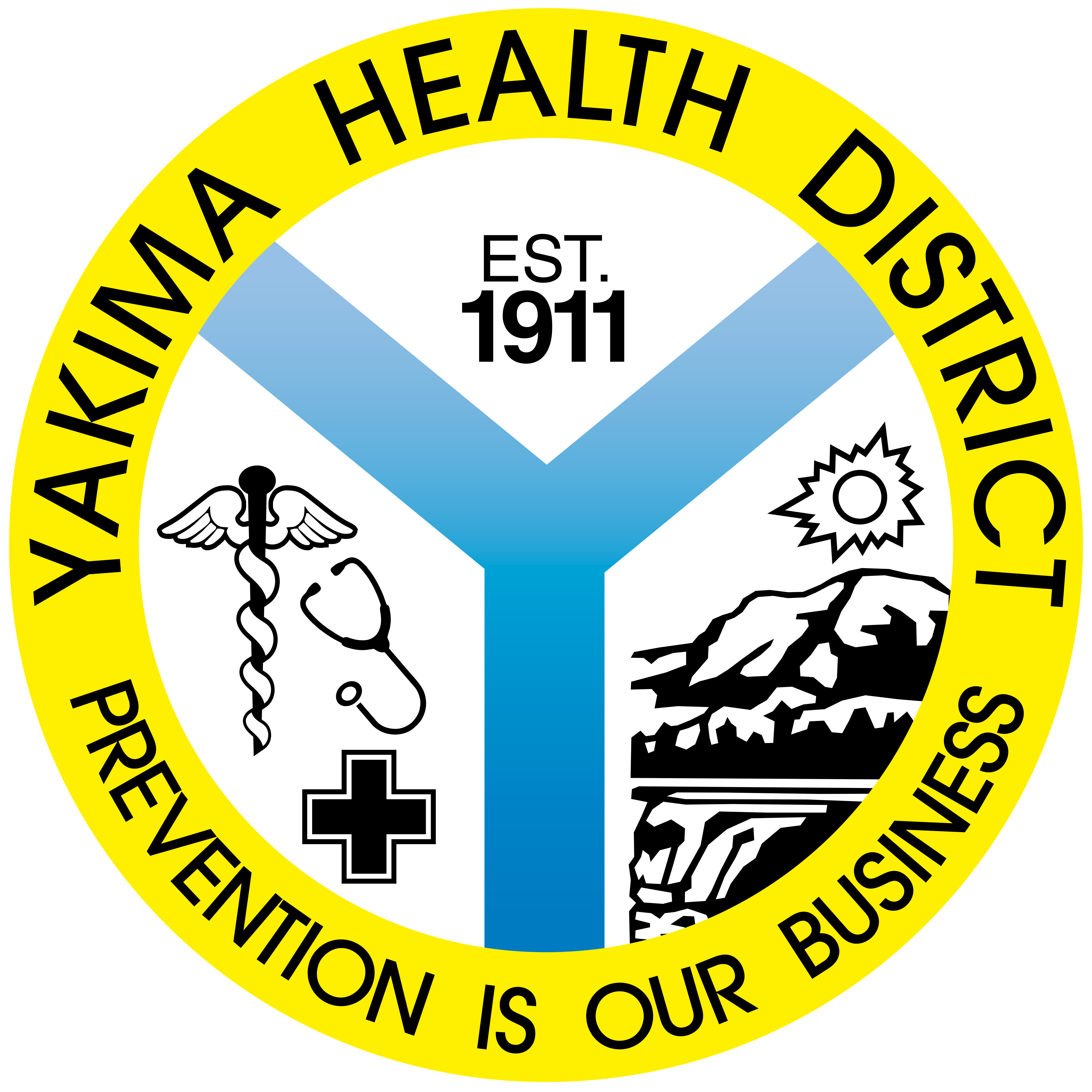
Adapted from the Georgia Department of Public Health
Immunize and Test On Time
Age |
Single-antigen hepatitis B vaccine (Engerix-B® or Recombivax HB®) |
Combination hepatitis B vaccine (Pediarix®) |
| Birth1 (Within 12 hours) |
Hepatitis B immune globulin (HBIG) AND Hepatitis B vaccine dose #1 |
Combination vaccine is not approved for the birth dose. See single-antigen guidance. |
| 1– 2 Months2 | Hepatitis B vaccine dose #2 | Hepatitis B vaccine dose #2 |
| 4 Months | No vaccine needed | Hepatitis B vaccine dose #3 |
| 6 Months | Hepatitis B vaccine dose #3 | Hepatitis B vaccine dose #4 |
| 9 – 12 Months3 | Postvaccination serologic testing Hepatitis B Surface Antigen (HBsAg) AND Hepatitis B Surface Antibody (anti-HBs) |
Postvaccination serologic testing Hepatitis B Surface Antigen (HBsAg) AND Hepatitis B Surface Antibody (anti-HBs) |
| 1 HBIG should be administered within 12 hours of birth; however it can be administered up to 7 days after birth if the mother’s HBsAg laboratory result is unavailable at delivery. 2 Low birth weight infants (less than 2,000 grams or 4.4 lbs.) should receive 4 doses of hepatitis B vaccine. The schedule is: HBIG & hepatitis B vaccine within 12 hours of birth, hepatitis B vaccine at 1 month, 2 months and 6 months of age. The Pediarix® schedule is HBIG & single-antigen hepatitis B vaccine within 12 hours of birth, followed by Pediarix® doses at 2, 4 and 6 months of age. 3 Blood for the PVST should not be collected before 9 months of age AND must be drawn a minimum of 30 days after final hepatitis B vaccine dose, if infant is completing the hepatitis B series after the recommended intervals. |
Postvaccination Serologic Testing (PVST) Laboratory Interpretations
|
|
Immune to HBV
|
|
Susceptible to HBV
|
|
Infected with HBVReport results to public health |
||||
| Test | HBsAg | anti-HBs | HBsAg | anti-HBs | HBsAg | anti-HBs | |||
| Result | Negative | Positive | Negative | Negative | Positive | Negative | |||
Report all PVST results for infants born to HBV-infected women to the reporting line at 800-535-5016 ext. 541.
Common Questions about Perinatal Hepatitis B
What is hepatitis B?
Hepatitis B is an infectious liver disease caused by the Hepatitis B Virus (HBV). HBV attacks the liver and can lead to cirrhosis, liver cancer and premature death.
How is hepatitis B transmitted?
HBV is transmitted through contact with infectious blood or body fluids. HBV can be transmitted from an infected mother to her newborn during delivery.
When is an infant at high-risk for hepatitis B?
Infants born to mothers who are hepatitis B surface antigen (HBsAg) positive are considered high-risk.
How can hepatitis B be prevented at birth?
Administering hepatitis B immune globulin (HBIG) and the first dose of hepatitis B vaccine (HepB) within 24 hours of birth is 85%-95% effective in preventing perinatal HBV infection.
Is there a specific immunization schedule that needs to be followed for HBV-exposed infants?
Yes. Hepatitis B immune globulin (HBIG) and HepB (birth dose) should be administered within 12 hours of birth. HepB dose two should be administered at 1-2 months of age and the third dose should be administered at 6 months of age. After the birth dose, infants receiving Pediarix® should receive doses at 2, 4 and 6 months of age.
What if my practice identifies a HBV-exposed newborn that did not receive HBIG before hospital discharge?
Administering HBIG within 12 hours of birth is recommended; however, it can be administered up to 7 days after birth. The infant should be referred urgently to the Mother/Baby department of the delivery hospital for immediate administration of HBIG. If more than 7 days have passed, it is too late to administer HBIG. However, ensure that the HepB birth dose was given, and strictly adhere to the recommended intervals for subsequent doses.
My patient was born to an HBV-infected mother and weighed less than 2,000 grams (4.4 lbs.) at birth. Why does this infant need 4 doses of HepB?
The immune response to HepB is less reliable in newborns weighing less than 2,000 grams. HBV-exposed infants must receive HBIG and HepB within 12 hours of birth. The HepB birth dose should not be counted as part of the series and the infant should receive three additional doses beginning at 1 month of age, followed by a third dose 1-2 months after the second and a fourth dose at 6 months of age. Infants receiving Pediarix® should receive HBIG and the single-antigen birth dose followed by Pediarix® doses at 2, 4 and 6 months of age.
What is postvaccination serologic testing (PVST) and why is it necessary?
Postvaccination serologic testing (PVST) is recommended for infants and children born to hepatitis B-infected mothers. Serologic testing confirms whether the child has developed immunity or has been infected with HBV. The PVST should include hepatitis B surface antigen (HBsAg) and hepatitis B surface antibody (anti-HBs) only. Testing should occur between 9 and 12 months of age.
Why must providers wait until the infant is 9 months of age to collect the PVST?
Labs collected before 9 months of age can provide inaccurate anti-HBs results by detecting the antibody from HBIG administered at birth and not actual response to the hepatitis B vaccine. Also, for infants who receive HBIG at birth but still develop HBV infection, there can be a prolonged incubation period. Waiting until 9 months of age can maximize detection of late HBV infection.
Can collection of the PVST be delayed until the infant is older?
After primary immunization with HepB, anti-HBs concentrations decline rapidly within the first year. This decline may result in a negative/non-reactive anti-HBs result, making it difficult to determine if this child has waned immunity or vaccine failure and leading to unnecessary revaccination. For this reason, providers are encouraged to test at 9-12 months of age (or 1-2 months after the final dose of the HepB series, if doses were delayed).
What if my patient’s HBsAg and anti-HBs results are negative after completing the HepB series?
The child should be revaccinated with a single dose of HepB vaccine and tested 1-2 months later. If the anti-HBs remains negative (<10 mIU/mL), the child should receive two additional doses of HepB vaccine, followed by testing 1-2 months after the last dose. If immunity is still not present after two complete HepB series, counsel the child’s parents or guardian on risk reduction strategies for vaccine non-responders.
What if my patient is infected with HBV?
Hepatitis B is a reportable condition in Washington State. Report positive HBsAg results to the reporting line within 3 business days. Refer the child to a pediatric specialist for further evaluation. The child’s family and caretakers should be educated about avoiding blood exposure.
My HBV-exposed patient has other siblings that I care for in my practice. Do they need follow-up?
Yes. Household contacts including other siblings should be tested and vaccinated against HBV, if found to be susceptible.
What if the infant was adopted or the mother’s HBsAg-status is unknown?
Verify the child’s immunization history beginning at birth. Administer any missing HepB doses, followed by PVST at 9-12 months of age.
Questions? Contact Yakima Health District at (509) 575-4040 or (800) 535-5016.
